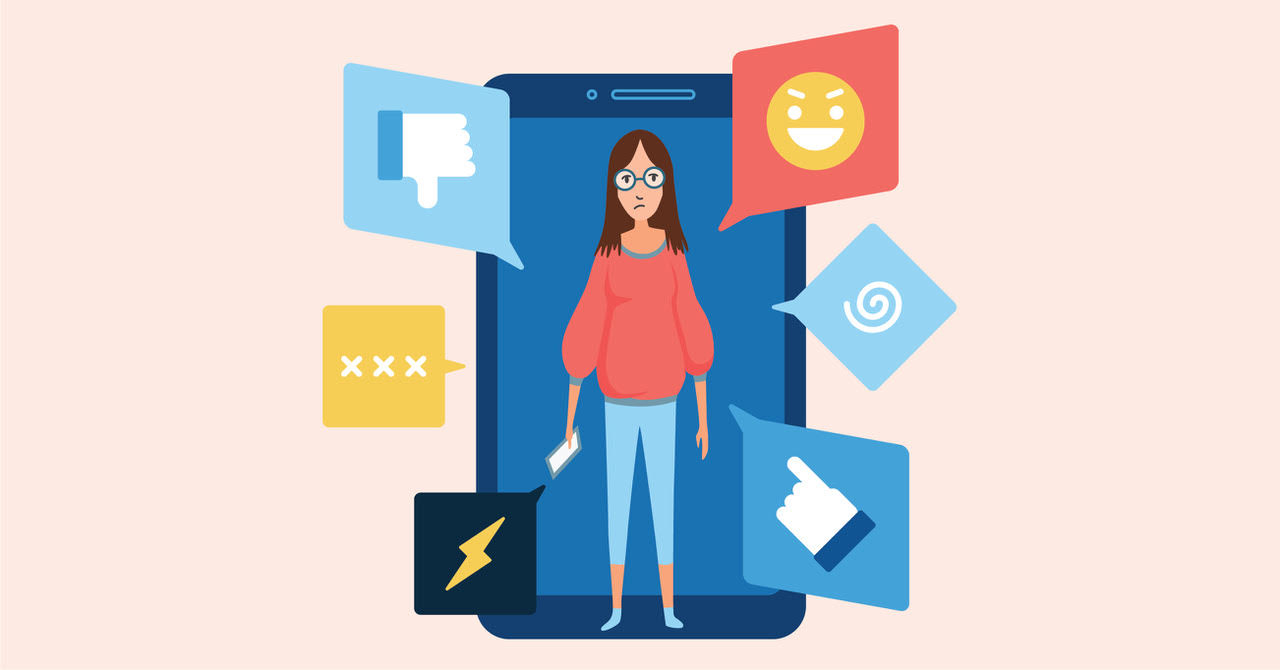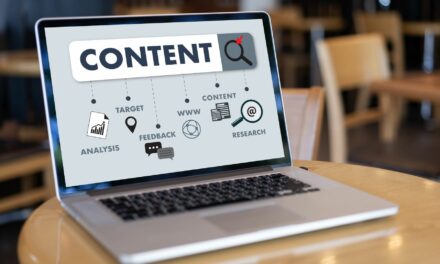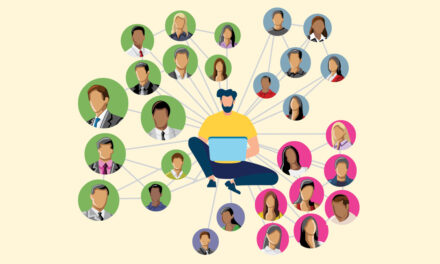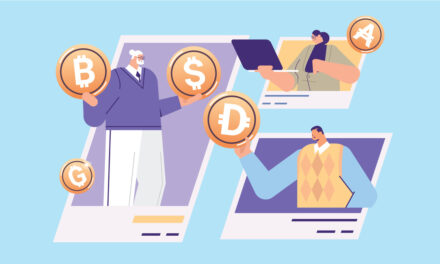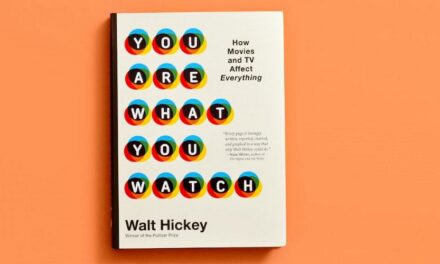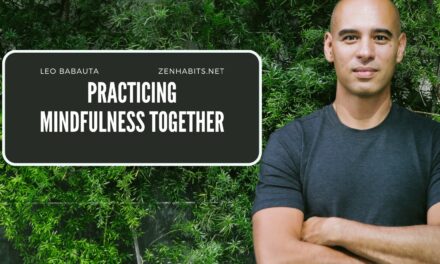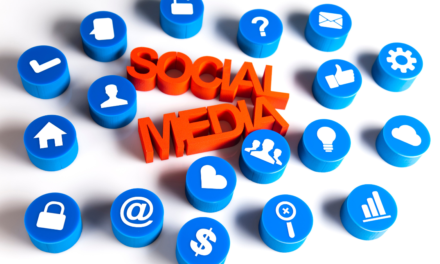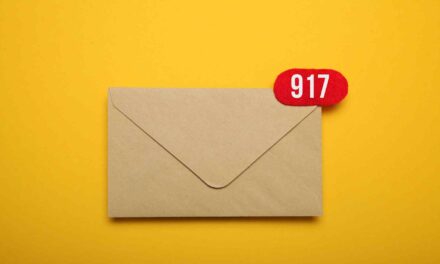Pranksters, bullies, harassers, abusers. They’ve been around long before content creators were building their businesses online. The difference today? Social media platforms give those individuals an easy forum to cause harm with online harassment.
“This is not a gamer problem. This is not a social media or internet problem. It’s a societal problem,” says Kelli Dunlap, a clinical psychologist, game designer, and community manager for Take This, a games-focused mental health nonprofit. “And this kind of abuse and harassment existed long before the internet. We used to burn witches, so maybe people are just terrible. But the internet and these social spaces make it easier for people to find targets and find other people to be terrible with.”
Online harassment and bullying are not a gamer problem, a social media problem, or an internet problem. It's a societal problem, says @KelliNDunlap. #CreatorEconomy #ContentBusiness Share on XPeople behaving badly – even criminally – has only intensified during the pandemic as many people – including those inclined to cause others trouble and distress – were at home without much to do.
A 2021 Pew Research Center study found online harassment, including offensive name-calling, purposeful embarrassment, physical threats, and sexual harassment, has intensified in recent years. The survey found the majority of online harassment – 75% – happens on social media platforms. Another 16% occurs on gaming sites.
75% of online harassment happens on social media platforms via @PewResearch study. Another 16% occurs on #gaming sites. #CreatorEconomy Share on XIt’s not easy to wade through a hate raid on Twitch or a big batch of racist comments on your YouTube page. But, Kelli says, creators can take preventative steps to tamp down the trolls and build a mindset that can make it easier to work through those problems.
Unfortunately, of course, there’s no quick fix. “It’s not a magic bullet,” she says. “I wish it was.”
Troll, harasser, or abuser
The first step to dealing with hateful comments or nasty DMs is calling them for what they are and realizing all the negative energy isn’t coming just from trolls.
“A lot of times, we almost gaslight ourselves and say, ‘It wasn’t that bad,’ or ‘Other people have had it worse,’ or ‘I don’t have thick enough skin,’” she says. “If we minimize what happened, we tend to blame ourselves for not being able to handle it. But nobody expects someone who receives harassment or abuse to just brush it off like it’s nothing.”
Don't let haters and trolls gaslight you (the creator). Nobody should brush off harassment or abuse like it's nothing, says @KelliNDunlap. #CreatorEconomy #ContentEntrepreneur Share on XSome streamers, for example, might think that a hate raid is part of the job – that it’s no big deal, Kelli says. “If that happened in a workspace, you would be with human resources; you would be with legal with the fact that your co-worker called you a racial slur,” she says. “And for content creators, this is your workspace.”
But you don’t have HR, so here’s some help to understand and navigate bad online behavior and online harassment.
Trolls
Trolls typically take part in pranks and other annoying or mischievous behavior – “little brother type interactions,” as Kelli describes them.
Caleb Dempsey of Hello Streamer compares trolls to rude customers or unkind co-workers. “Creators have to remember that anything a troll says is just as temporary as a rude customer experience,” they say. “It’s not an attack at you, your passion, or your content. I think likening trolls to this traditional experience of a disgruntled customer alleviates a lot of pressure.”
Think of #trolls as rude customers or unkind co-workers, says Caleb Dempsey of @HelloStreamer_. Don't see it as an attack on you, your passion, or your content. #CreatorEconomy Share on XHarassers
Harassers intend to cause harm, Kelli says. They drop racial slurs in the chat or tell an Instagrammer they’re fat or a female creator to get back in the kitchen. Kelli has been the victim of harassers flooding her IP address and knocking her offline – a distributed denial-of-service. Harassment usually isn’t one-off. “They keep showing up,” she says.
Abusers
Hate raids, swatting, doxing, and other organized violence against a creator and their community is considered abuse. These activities can veer into criminal activity. Both swatting – a fake call to law enforcement – and doxing – the publication of a person’s private information – can be crimes.
What to do about trolls, online harassers, abusers
Every situation is different, and so is every creator. There’s no one-size-fits-all approach to handling hurtful, harmful comments. But you can structure a response process.
1. Decide how to react
Don’t feed the trolls is pretty tried-and-true counsel. But, Kelli says, “it’s such broad advice when every single instance is so different.”
If somebody comes on a stream and shares a single offensive comment or punches out a one-off comment, it’s probably not worth validating the response with a reaction, she says. But, if the person continues to cause harm, it might be time to step up and do something.
In a Twitch stream, for example, moderators could warn the commenter to get their act together or get out. If the behavior continues, the mods can remove them. If a harasser shares a stream of nasty comments, a YouTuber or Instagrammer can simply delete them.
Use moderators in a stream to warn a commenter who causes harm. If the behavior continues, the mods can remove them, @KelliNDunlap. #CreatorEconomy #ContentEntrepreneur Share on XAnd in some cases, creators decide to clap back, responding to negative feedback in a dedicated post or as part of a stream. There’s no right answer. Do what you feel most comfortable with, Kelli says.
2. Gather your people
Finding support in your loved ones, friends, and community is more important than ever. Look to other content creators who understand what it’s like to be a victim of online harassment for tips, advice, and an understanding ear. Go to IRL friends and loved ones for in-person support. They might not understand what you’re up against, but they can help you decompress and take your mind off it for a few hours, Kelli says.
If it gets difficult to shake off the online harassment, it might be time to talk to someone trained in mental health – a counselor, a therapist, a pastor, or somebody at school, she says. The Games and Online Harassment Hotline provides confidential emotional support for gamers and other creators. Kelli’s Take This also offers resources for online harassment support.
Help for #gaming creators who encounter bullies can be found through @GamesHotline or @TakeThisOrg. #OnlineHarassment #CreatorEconomy Share on X3. Report the behavior
If the abuse is potentially criminal, creators can report the activity to local law enforcement. They also can report other harassment and bullying to the hosting platform. Here are the reporting procedures for:
Kelli acknowledges it often can feel futile to report abuse or bullying. “There’s a very strong belief that the system doesn’t work,” she says.
But just taking action – and reporting it – can make a difference in your emotional health. And, you never know, a platform could roll out a new prevention initiative if enough people report issues and concerns. You could even mobilize your network of content creators to email a platform at the same time to highlight issues or concerns, Kelli says.
Reporting online bullying to the social media platform can make a positive difference in your emotional health, says @KelliNDunlap. #CreatorEconomy Share on X“There’s no promise, but then you can at least tell yourself that you tried, you did something, and maybe there will be a change,” she says. “I can guarantee you that if you do not ask, the likelihood of that changing is very minimal.”
Taking preventative action
Once the immediate bullying or harassment is over, shift your focus to preventative measures and continue to look for ways to take action. It’s a key step to preserve your mental health, Kelli says. “That feeling of helplessness is a huge, huge vulnerability to burning out, to depression, to anxiety, and just a mentally less-well life.”
On Twitch, create or bolster your banned words list, Kelli says. It’s not always an option for content creators who earn their living on a platform, but you can make your account follower-only or sub-only to curate the people in your community. Train your mods to instantly ban anybody who uses a racial slur or other hateful or bigoted words.
On YouTube and TikTok, creators can disable comments, hold comments for review or only allow only some people – friends or subscribers – to comment.
To ensure she doesn’t waste time or mental energy on hateful DMs, content creator Valerie Lisitsyna, a social media marketing expert on TikTok and Instagram, hired a virtual assistant to go through her messages and toss any that involve harassment, bullying, or abuse.
“She never lets me see negativity,” Valerie says. “As a creative, you don’t want to be sucked down by these things.”
Remember your presence matters
Sometimes, in the best of conditions, your community will take care of the troll or harasser, clapping back at them in the chat or comments. “You don’t want keyboard warriors … but just having someone adjust and enforce the rules, so you don’t have to, that is the dream situation,” Kelli says. “That means you have created this very space that you want to be a part of. And that’s the platinum standard.”
Often, unfortunately, the targets of trolls, bullies, and harassers are marginalized communities, including creators of color, LGBTQ+, and women. They may not have the energy or space to deal with all of the harassment thrown their way. But, Kelli says, it’s important to remember that just continuing to be themselves online is a strong statement to the haters.
Members of marginalized communities often are the target of harassers. You don't need to clap back. Just showing up every day irritates them and shows your heroic strength, says @KelliNDunlap. #ContentEntrepreneurs Share on X“Your very existence is disrupting for these people,” she says. “The fact that you show up every day, even if you’re not clapping back or ‘being strong,’ the fact that you’re showing up to stream even though you face this, there is no other word for that than heroic strength. So, if you’ve got the clap back in you, go for it. But it’s often enough just to exist and persist in these spaces.”
About the author
Sarah Lindenfeld Hall is a longtime journalist, freelance writer, and founding editor of two popular parenting websites in North Carolina. She frequently writes about parenting, aging, education, business management, and interesting people doing remarkable things.

